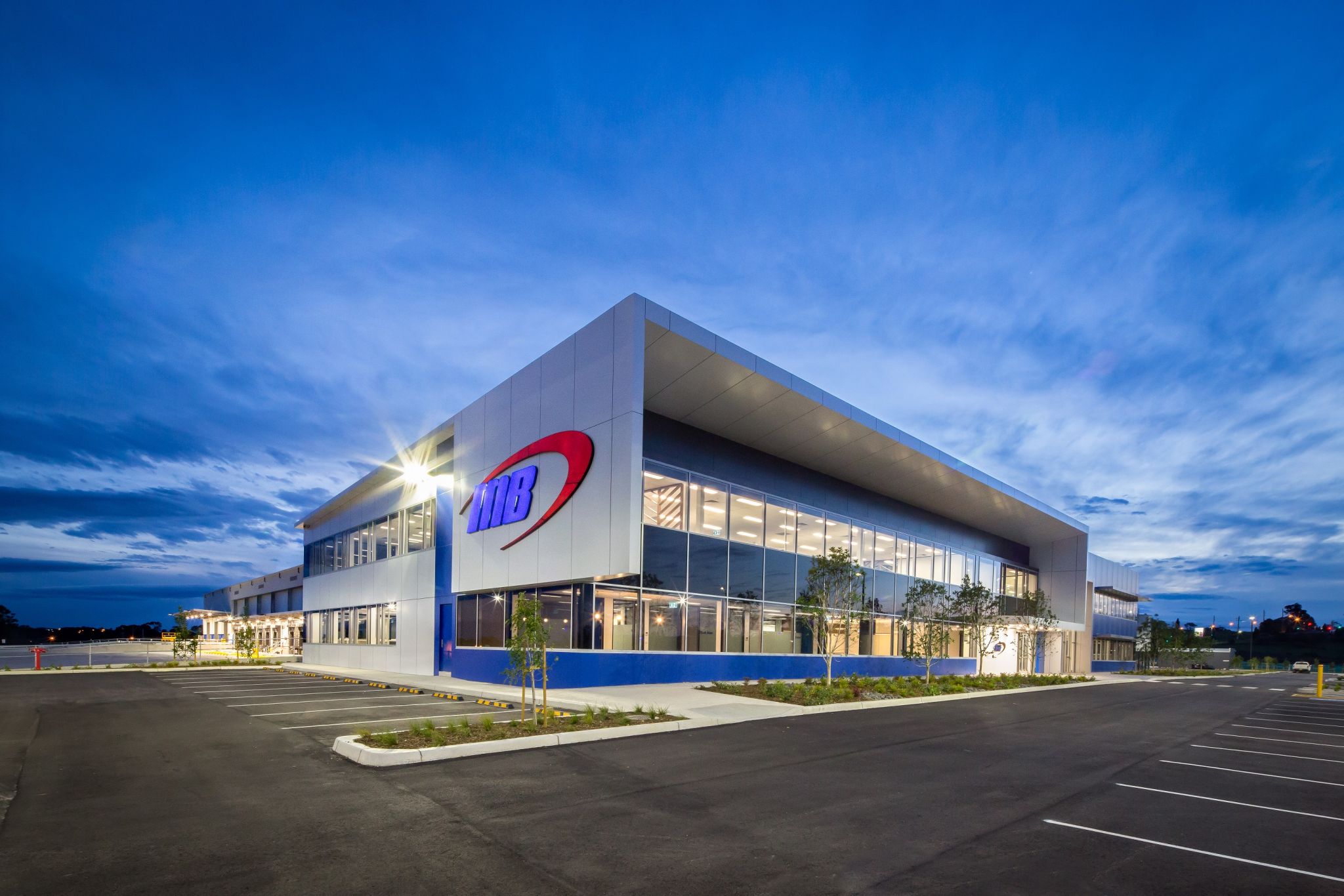On 2 November 2022, NetLink NBN Trust (“NLNT”) recently announced their 2023Q2 first half year results. There have been significant improvement in their results, and they are well-positioned to ride through recession and inflation. However there are some short-term risks in 2023 which investors need to take note of. I have detailed them under “Key things to note”.
Website: Financial Statements and Related Announcement::Half Yearly Results
Background
NLNT was established in 2017 primarily for the purpose of owning all of the units of NetLink Trust (“NLT”), through which NLNT owns the only nationwide fibre network supporting Singapore’s Next Generation Nationwide Broadband Network (“Next Gen NBN”).
NLNT designs, builds, owns and operates the passive fibre network infrastructure of Singapore’s Next Gen NBN. An initiative led by the Singapore government, the Next Gen NBN aims to enhance the competitiveness of the economy through nationwide ultra-high-speed broadband access. By providing an open, wholesale access to our fibre network, telecommunication operators can focus on offering innovative products and services to consumers and businesses without incurring high fixed costs.
NLNT offer primarily three types of end user connections:
- Residential
- Non-residential
- Non-Building Address Point (NBAP)
NLNT was listed on the Main Board of the Singapore Exchange Securities Trading Limited on 19 July 2017. It is a constituent of the FTSE ST Large & Mid Cap Index, FTSE ST Singapore Shariah Index and the MSCI Global Small Cap – Singapore Index.
Key Metrics
Revenue


Unlike Real Estate Investment Trusts (“REITs”), NLNT is a business trust and are not imposed the same regulations as REITs.
Based on the announcement on 2 November 2022, it was noted that revenue have increased by 6.2% for 2023Q2 when compared to 2022Q2. If extrapolated to the full 12 months, revenue is expected to increase by 5.7% compared to FY2022. The expected revenue for FY2023 is also higher than the average since FY2018. Do note the lower base in FY2018 was due to NLNT was only incorporated on 19 June 2017.
This metric is Favorable as NLNT is able to grow their revenue.
Earnings Per Share



Earnings per share have also improved significantly to increase by 35.9% to SGD0.014 per share in 2023Q2 as compared to SGD0.010 per share in 2022Q2. The reason is due to a one-time loss of SGD12.4 million was recorded in 2022Q2 relating to re-measurement loss arising from change in rental rates for their lease agreements. Nonetheless excluding this loss, the extrapolated profit after tax for FY2023 will still be projected to be higher than FY2022.
This metric is Favorable as NLNT is able to grow their profits.
Operating Cash Flows


Operating cashflows generated amounted to SGD157 million for 2023Q2. If extrapolated to the full financial year, there is an increase by 21.8% as compared to FY2022. This is due to an increase in profit before income tax in FY2023.
Thus this metric is Favorable as NLNT cashflow was able to grow organically.
Gearing Ratio

Gearing ratio stands at 18.6% as at 30 September 2022. This is considered Favorable as there is sufficient headroom for NLNT to pursue growth opportunities and they will not be weighed down significantly by interest rate changes.
Interest Coverage

If using the same computation as REITs (EBIT/net interest expense), as of 30 September 2022 the EBIT of the trust is SGD60 million while finance costs is SGD7 million for 2023Q2. This translates to interest coverage of 8.5 times and thus there is sufficient interest coverage.
This is Favorable in my opinion. The reason NLNT is able to have sufficient interest coverage is due to its low gearing. NLNT is well positioned as interest rates continue to rise as the world looks to tackle inflation, and the Federal Reserve is looking to hike to at least 4.75% by end of 2022.
Website: Fed to lift rates by 50 basis points, but peak policy rate may be higher
As the interest rate may potentially increase further, NLNT may be subjected to significant change in their cost of debt in the near future. In their presentation they have mentioned that 73.9% of their debt are hedged.
I have thus performed a sensitivity analysis using the information as at 30 September 2022:

Interest rate sensitivity analysis as below:

Do note the above is my estimation which may be different from management’s estimation. Nonetheless, if the interest rates were to increase by the basis points above, NLNT may experience a fall in DPU accordingly.
Debt Maturity Profile

Weighted average term to maturity of their debt stands at 4.0 years as at 30 September 2022. This is Favorable and it allows them sufficient time to refinance their debts as they fall due.
Price to Book Ratio

Based on the announcement on 2 November 2022, the Price to Book (“P/B”) ratio currently stands at 1.179. This is computed using the closing share price of SGD0.815 on 9 December 2022 and the net asset value per share of SGD0.691 as at 30 September 2022.
This P/B ratio indicates that we are paying a slight premium for its assets. Considering that this is an asset that is relatively stable with no significant expansion plans, the P/B ratio metric is thus Neutral.
Dividends
With the distribution for the calendar year 2022 of SGD0.052 per share and closing share price of SGD0.815 as at 9 December 2022, this translates to a healthy 6.37% dividend yield.
For my benchmark, a general reasonable range would be around an average of 6.0% to 7.0% in the current environment. NLNT’s dividend yield is within my benchmark. However, interest rates have been continuously increasing the last few months. This have prompted for multiple safer assets to increase their bond and interest rates to more than 3%.
Website: Reasonable Dividend Yield Changes
NLNT have traded at a higher yield compared to the other well-known REITs and investors require a higher return to compensate for the risk as it is a business trust. If using dividend yield of 7% as a benchmark, based on the dividend of SGD0.052 there is potential for NLNT to see its share price drop by another 8.9% to SGD0.74. Investors will thus need to be mentally prepared that the share price might further fall if interest rates for safe assets in Singapore approaches to cross 4%.

The dividend yield is Neutral.
Key things to note
Growing towards asset light
NLNT by no means it is an asset light Company. However from an accounting point of view, they have been paying out dividends that are higher than their earnings. This is possible because of the high depreciation, which is a non-cash adjusting expense, resulting in high EBITDA as compared to profits.

For illustration purposes, imagine a scenario where you are in the business of car rental. The useful life of cars in Singapore companies are generally 10 years. This is due to the Certificate of Entitlement (“COE”) lasts only 10 years, and the value of the car is thus depreciated over its 10 years useful life. However, over the course of the 10 years, at the end of the useful life with the expiry of the COE, you will need to pay an equivalent amount to purchase a new car with a new 10 year COE. The new purchase would not be possible if you pay out dividends based on EBITDA and have no cash savings from the dividend expense.
What management is saying is that the assets of NLNT do not have a high replacement cost at the end of its useful life. and the assets will still be able to continue to operate indefinitely. Thus they do not need to save money from the depreciation expense for a potential replacement of the assets.
The result is that the net asset value of the Company will continue to decrease as they continue to pay out the dividends sustained using EBITDA. Eventually if they would like to secure new financing, their balance sheet will seem to have insufficient assets to pledge as collateral for new borrowings.
Investors will need to take note if they are comfortable with the idea that their assets are able to last longer than the pre-determined useful lives as at 30 September 2022.
IMDA Regulatory Review
NLNT is currently undergoing a regulatory price review by Infocomm Media Development Authority (“IMDA”) which could finalize either in early 2023 or mid-2023. The review will determine the new pricing NLNT can charge since 2017 when it was listed.
IMDA sets the pricing for NetLink’s services to the various telcos under the “Interconnection Offer” (“ICO”). Prices under the ICO will be regulated using the Regulated Asset Base (“RAB”) model whereby NetLink can recover certain cost components from the regulator.
The return on capital is for five years starting from January 2018 and is currently set at 7%. Should the rate of return fall below 7%, this may impact the trust’s ability to recover expenses under the RAB, thus impacting its distribution per unit.
The reason that there is a concern that the return on capital might be lowered is because NLNT is a direct service link to all segments, residential, non-residential, and non-building address points. Given the higher cost of living over the last few months with inflation, cutting prices at NLNT is an indirect way to provide some financial relief to the daily consumers.
Conclusion

Overall, the metrics indicate that it is favorable to invest in NLNT. Despite the drop in share price over the last few months, the fundamentals of NLNT did not worsen during this quarter. This suggests that the current share price is due to overall market sentiment. It is possible for the share price to recover should interest rates decrease over the next few years.
The recent market conditions present opportunities for entry as the share price continues to face downward pressure. However, there is a need to take note that the outcome of the regulatory review may not necessary be worth the risk especially as safe assets have seen their yield rise considerably with rising interest rates. Investors need to consider their own risk appetite before investing.
Disclaimer: Not financial advice. All data and information provided on this site is for informational purposes only.





